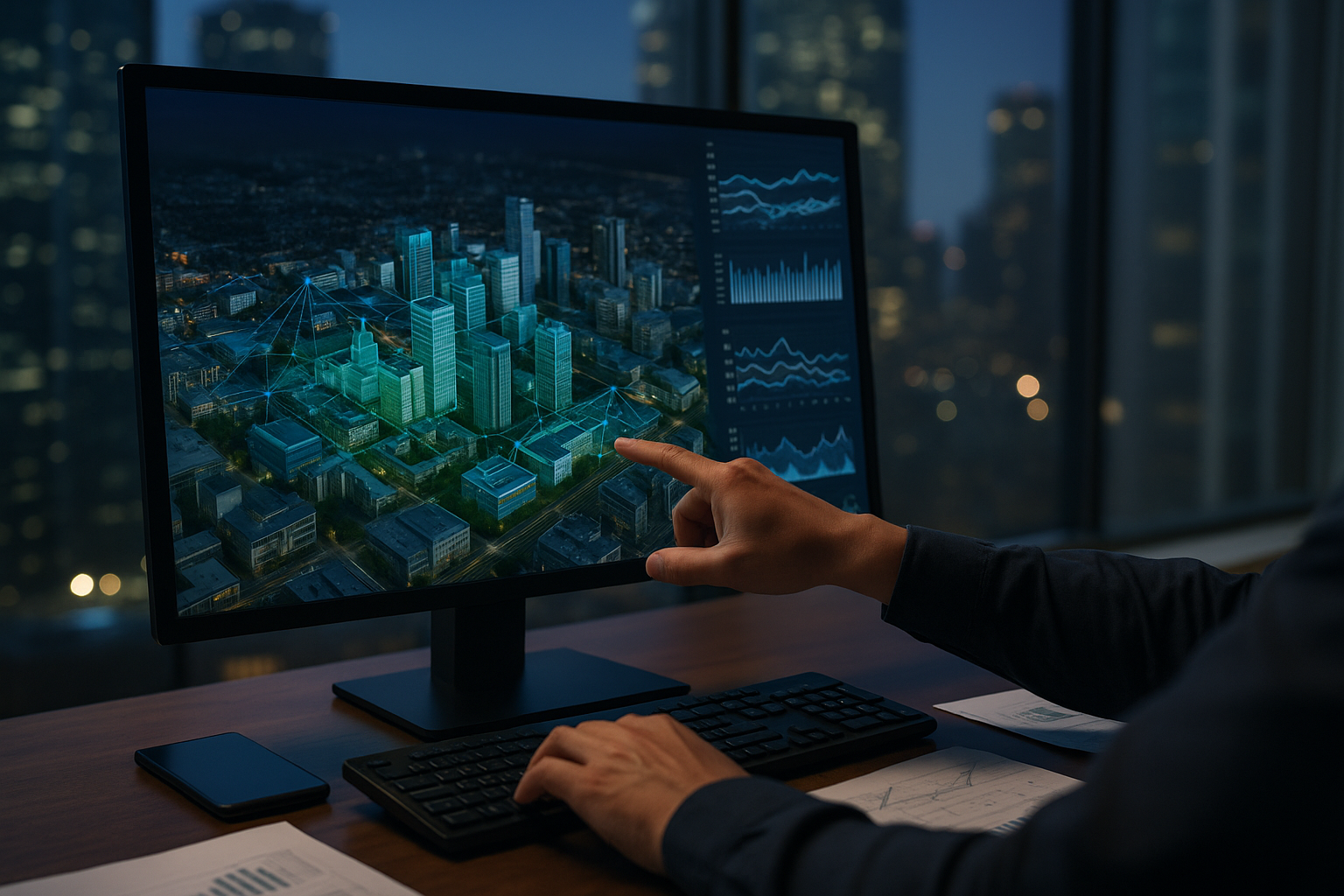How digital twins scale from buildings to urban systems for sustainable growth
The study points out that digital twins are already yielding measurable energy and cost savings at the building scale. Extending these gains to the urban scale promises not only deeper reductions in emissions and energy demand but also cross-sector synergies, for example by linking buildings with district heating systems, smart grids, and mobility networks.

A new peer-reviewed study underscores that scaling digital twin technology from individual buildings to entire urban environments could unlock significant energy, environmental, economic and social benefits. The research presents a state-of-the-art review in the paper "Digital Twins from Building to Urban Areas: An Open Opportunity to Energy, Environmental, Economic and Social Benefits," published in Applied Sciences.
The authors collect evidence from more than 80 recent sources to highlight how building digital twins (BDTs) and urban digital twins (UDTs) can drive sustainable development. The study examines what distinguishes BDTs from UDTs, how their benefits extend across scales, and what barriers must be overcome to realize their full potential.
What shifts when moving from building to urban digital twins
The concept of a digital twin remains broadly consistent across scales: a virtual replica of a physical asset or system that integrates sensor data, connectivity, analytics and applications for monitoring, simulation and control. However, moving from a single building to an entire city multiplies the complexity.
In buildings, digital twins primarily improve energy efficiency, heating and cooling performance, predictive maintenance, and space management. At the city level, the technology must integrate diverse domains such as transport, utilities, mobility, waste management, emergency response, and environmental monitoring. This expansion brings challenges of interoperability, data privacy, governance, and computational trade-offs between model detail and system performance.
The study points out that digital twins are already yielding measurable energy and cost savings at the building scale. Extending these gains to the urban scale promises not only deeper reductions in emissions and energy demand but also cross-sector synergies, for example by linking buildings with district heating systems, smart grids, and mobility networks.
Evidence of benefits and the emerging social dimension
Based on international case examples, including Helsinki, Dublin, Rotterdam, Hamburg, Turin, Singapore, Dubai, New York, Sydney, and Japan's Project PLATEAU, the study finds that energy and carbon savings, operational cost reduction, and improved resilience are well-documented benefits. Predictive maintenance supported by digital twins has reduced unplanned equipment failures and downtime, while continuous monitoring has enhanced building and infrastructure reliability.
However, the review highlights that social benefits remain under-measured. While some urban projects have experimented with digital twin-enabled participatory planning and public safety applications, most evidence so far is indirect. The authors argue that citizen engagement, inclusivity, and behavioral modeling are essential to fully capture the social and welfare impact of digital twins.
The research also underscores that people should be treated not only as beneficiaries but as active drivers of digital twin performance. Incorporating human behavior into demand forecasting, urban planning and emergency management would help deliver more equitable and effective solutions.
Gaps, challenges and the path forward
Despite the rapid spread of pilot projects, the review warns that several technical and organizational challenges remain unresolved. Data fragmentation, lack of standardized protocols, and reliance on proprietary tools hinder the smooth integration of building-level and city-level systems. Without strong interoperability frameworks, large-scale adoption will remain slow and costly.
The study also notes a trade-off between computational detail and practical scalability. Highly detailed digital twins are valuable for specific engineering tasks but often too resource-intensive for city-wide applications. Achieving the right balance between resolution, performance and cost is critical for broader deployment.
Looking ahead, the authors propose several priorities:
- Build interoperable, cross-scale frameworks that connect BDTs and UDTs for energy, environmental and economic gains.
- Move beyond technical and financial indicators to include robust social metrics, ensuring digital twin applications support inclusivity and equitable access.
- Harness artificial intelligence and machine learning to enable unsupervised learning, surrogate modeling and fast simulations.
- Explore quantum-enabled computing to address complex optimization challenges in city-wide systems.
- Shift from passive to closed-loop digital twins that not only monitor but also recommend and execute corrective actions under defined safety protocols.
The review suggests that these measures will allow digital twins to deliver their full promise as a backbone of smart, resilient and sustainable urban development.
- FIRST PUBLISHED IN:
- Devdiscourse









